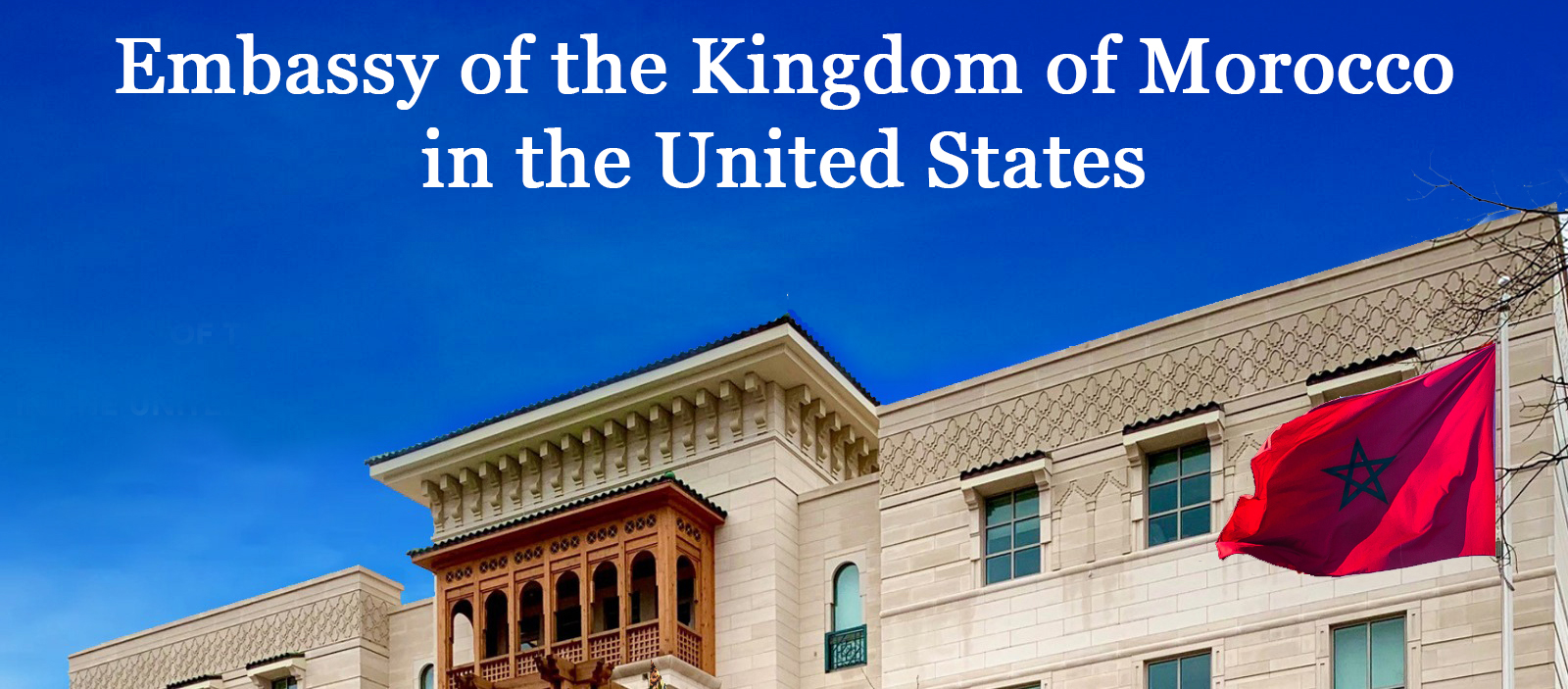- Home
- Embassy
- About Morocco
-
Morocco-US Relationship
Morocco-US Relationship
- Visit Morocco
- Consular Services
- Press & media
- Contact Us

Prehistoric Era
The history of Morocco unfolds as a chronicle of epochs punctuated by successive waves of civilizations and conquests, each leaving an indelible mark on the cultural, political, and socio-economic landscape of the region.
Prehistoric Era
 In the depths of antiquity, Morocco witnessed the emergence of modern Homo sapiens around 300,000 BCE, evidenced by the discovery of the oldest human fossil in 2017. The pivotal discoveries of the oldest Homo sapiens found in Morocco also revealed the discovery of the oldest DNA in Africa, more than 15,000 years old. As early as 9,000 BCE, traces of the Amazigh civilization began to surface, showcasing rudimentary settlements and agricultural practices near the cities Skhirat and Tetouan.
In the depths of antiquity, Morocco witnessed the emergence of modern Homo sapiens around 300,000 BCE, evidenced by the discovery of the oldest human fossil in 2017. The pivotal discoveries of the oldest Homo sapiens found in Morocco also revealed the discovery of the oldest DNA in Africa, more than 15,000 years old. As early as 9,000 BCE, traces of the Amazigh civilization began to surface, showcasing rudimentary settlements and agricultural practices near the cities Skhirat and Tetouan.
Under the leadership of His Majesty King Mohammed VI, efforts are underway to highlight Morocco's heritage through various projects, including events, exhibitions, publications aimed at raising awareness about the importance of prehistoric heritage preservation, and the establishment of museums to disseminate knowledge and encourage future generations to safeguard this global heritage.
Phoenician and Carthaginian Dominance:
The influence of external powers started to make its mark on Morocco with the advent of Phoenician incursions around the 11th century BCE. These ventures led to the establishment of mercantile enclaves in key coastal areas such as Tangier, Lixus, Sale, and Mogador. Over time, Carthaginian suzerainty superseded Phoenician control, with Tangier falling under their dominion.
Roman Conquest: The 1st century BCE heralded the beginning of Roman conquest in Morocco, culminating in the establishment of coastal territories firmly under Roman dominion. Among the notable legacies of this period is Volubilis, a city that emerged as a testament to Roman architectural prowess and cultural influence in the region.
Vandals and Byzantine Rule
 In the 5th century CE, Morocco experienced a period of turmoil as Vandals seized control of the region, disrupting the existing socio-political order. However, this was followed by Byzantine hegemony, which supplanted Vandal rule and further shaped the region's socio-political landscape. These successive waves of conquest and influence laid the groundwork for the eventual Islamic era in Morocco, marking a dynamic and transformative prelude to its rich history.
In the 5th century CE, Morocco experienced a period of turmoil as Vandals seized control of the region, disrupting the existing socio-political order. However, this was followed by Byzantine hegemony, which supplanted Vandal rule and further shaped the region's socio-political landscape. These successive waves of conquest and influence laid the groundwork for the eventual Islamic era in Morocco, marking a dynamic and transformative prelude to its rich history.
Dynastic Rule
The epoch of dynastic rule in Morocco, spanning from the 8th to the 16th centuries CE, represents a pivotal period marked by the ascendancy of various indigenous dynasties, each leaving an enduring imprint on the socio-political fabric of the region. This era witnessed a confluence of cultural, architectural, and intellectual advancements, underpinned by the patronage of ruling elites and the synthesis of diverse cultural influences.
Embassy of the Kingdom of Morocco in Washington DC
+1 (202) 462-79793508 International Dr NW, Washington, DC 20008
Consulate Section in Washington DC
+1 (202) 499-10501211 Connecticut Ave NW #312, Washington, DC 20036
Consulate General in New York
+1 (212) 758-262555 Broadway, New York, NY 10006

 Menu
Menu